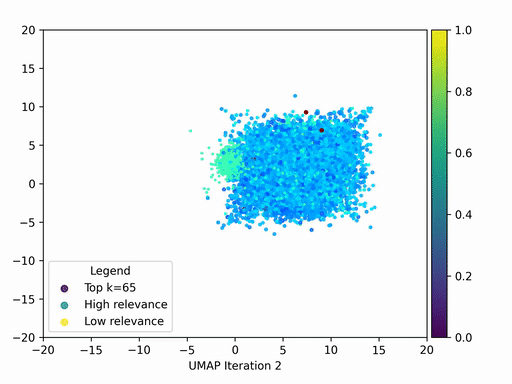State-of-the-art large language models (LLMs) are pre-trained with billions of parameters. While pre-trained LLMs can perform many tasks, they can become much better once fine-tuned.
Thanks to LoRA, fine-tuning costs can be dramatically reduced. LoRA adds low-rank tensors, i.e., a small number of parameters (millions), on top of the frozen original parameters. Only the parameters in the added tensors are trained during fine-tuning.
LoRA still requires the model to be loaded in memory. To reduce the memory cost and speed-up fine-tuning, a new approach proposes quantization-aware LoRA (QA-LoRA) fine-tuning.
In this article, I explain QA-LoRA and review its performance compared with previous work (especially QLoRA). I also show how to use QA-LoRA to fine-tune your own quantization-aware LoRA for Llama 2.
https://towardsdatascience.com/qa-lora-fine-tune-a-quantized-large-language-model-on-your-gpu-c7291866706c


